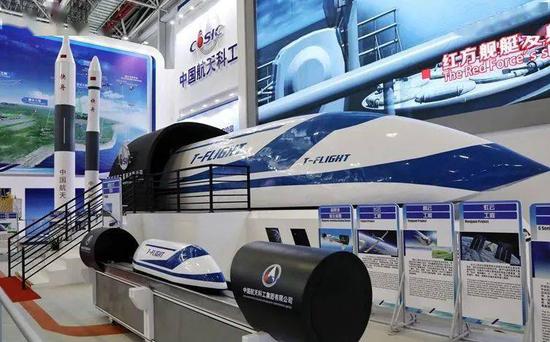
A model of the transportation system involving a high-speed maglev train running in a low vacuum pipeline. (File photo/The Third Research Institute of China Aerospace Science and Industry Corp)
Chinese researchers have successfully carried out a systematic test on a cutting-edge transportation system involving a high-speed maglev train running in a low vacuum pipeline in North China.
The test has achieved a maglev train running up to 130 kilometers per hour along the 2 kilometers test line in Yanggao county of Datong, North China's Shanxi province, according to a news release from the North University of China.
This is the first time that such a transportation system anywhere in the world underwent a full-scale and full-process integrated test. A series of tests will be carried out in the future.
A groundbreaking ceremony for the planned Shanxi provincial laboratory for high speed maglev vehicles operating in a low vacuum pipeline and the proposed Datong (Yanggao) test line project took place on May 24 last year.
The provincial lab is jointly built by the North University of China and the Third Research Institute of China Aerospace Science and Industry Corp, to provide a key test platform for low-vacuum pipeline magnetic levitation technology.
The lab will build a full-scale 60-kilometer test track in Yanggao county, with the construction to be implemented in three phases, which will finally achieve a maximum speed of 1,000 km/h.
The system uses the latest superconducting magnetic levitation technology to disengage from the ground to eliminate frictional resistance, while employing internal pipelines similar to a vacuum to greatly reduce air resistance.















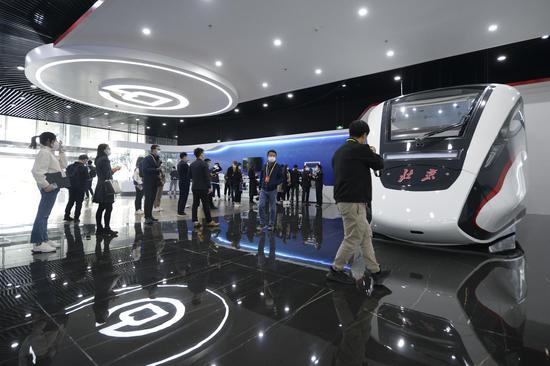



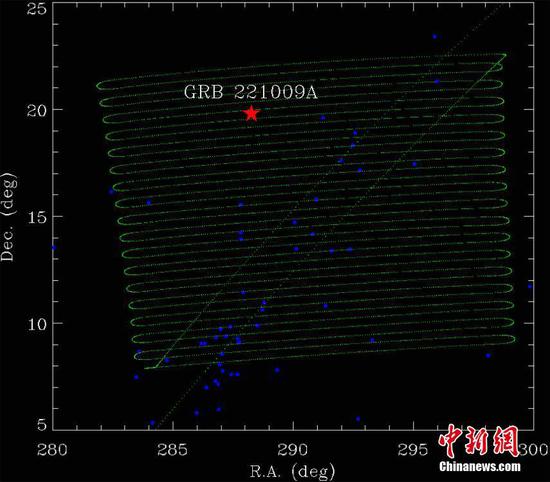










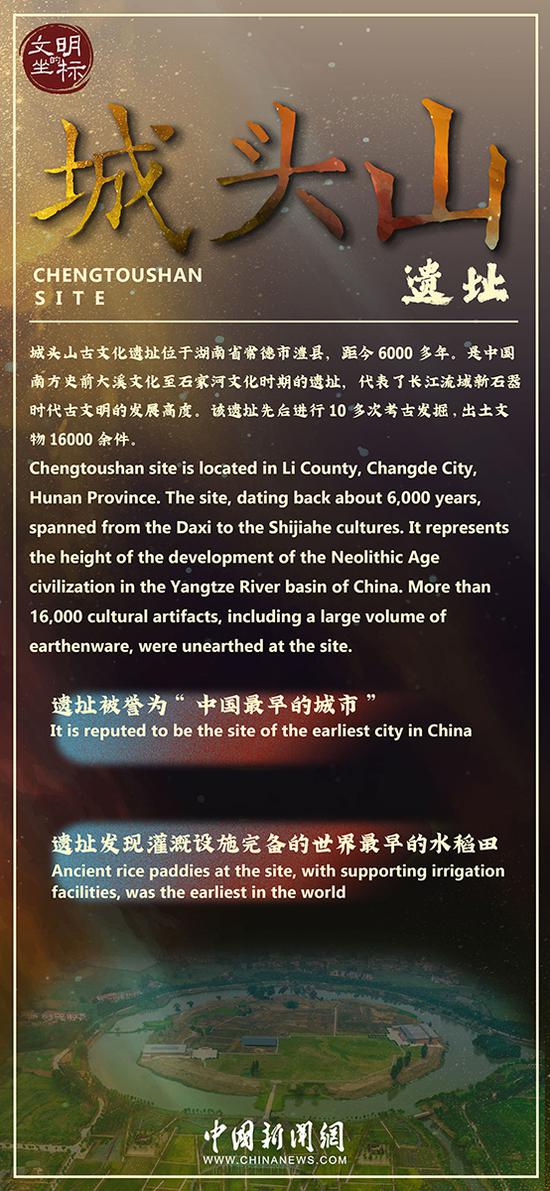









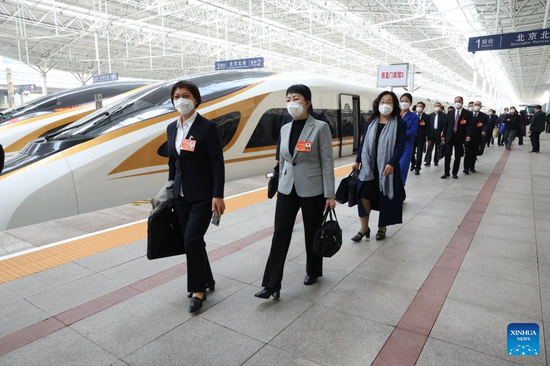









 京公网安备 11010202009201号
京公网安备 11010202009201号